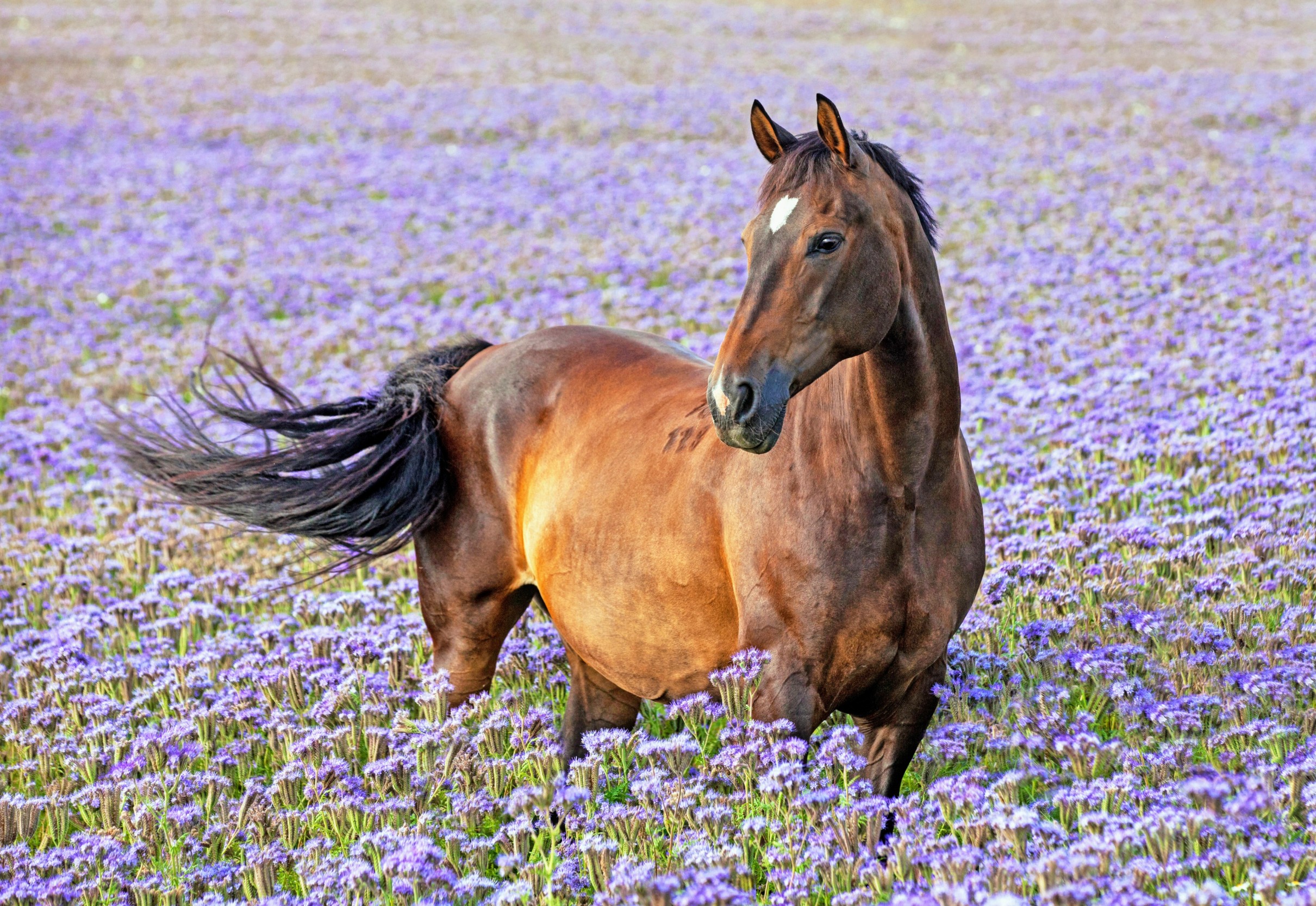Exploring How AI Enables Horses to Communicate Silently

Understanding Horses Through AI Technology
Horses have been a part of human life for many years, assisting in labor, sports, therapy, and even historical battles. These majestic animals communicate through body language, but they cannot verbally express their feelings or discomfort. This makes understanding their needs and health more complex. However, recent advancements in artificial intelligence (AI) are beginning to bridge that communication gap.
The Complexity of Horse Behavior
Veterinarians often observe horses to assess their health. However, the signs of distress or discomfort in horses can be subtle and easily overlooked. As horses walk or trot, they might shift their weight, adjust their posture, or occasionally favor one leg over another, all of which are indicators that something might be wrong. These changes can signal conditions like joint issues, behavioral problems, or early injury. Traditional diagnostic methods, including X-rays and MRIs, are useful but only reveal issues once they have already developed.
The Dessie AI Model
Researchers in Sweden have developed an innovative AI model named Dessie, designed to interpret equine body language in a three-dimensional context. This technology aims to enhance our ability to detect discomfort or illness in horses before it escalates. Instead of relying solely on human observation, Dessie transforms two-dimensional images of horses into detailed three-dimensional representations that can track their shape, posture, and motion in real-time. This system is not just about viewing horses; it represents an effort to decode the unspoken language that horses use to communicate.
Advanced Learning Techniques
Dessie employs a unique AI training approach called disentangled learning. In conventional models, various features such as shape, pose, background, and lighting are intertwined, which can confuse the AI. Disentangled learning separates these elements, allowing the model to focus solely on the horse’s features. This results in clearer and more reliable 3D reconstructions.
The AI system does not require sophisticated cameras or equipment. Instead, it can interpret footage from standard cameras, making it accessible for use in rural settings where high-end technology may not be available.
Training the AI with Synthetic Data
To effectively train Dessie, the team faced the challenge of gathering extensive visual data on horse movements under varying conditions. Instead of relying solely on real-world images—which are hard to collect—they constructed a synthetic data generation engine called DessiePIPE. This tool creates an infinite supply of horse images using a 3D model and AI-generated textures that reflect the characteristics of different breeds.
By generating animations of horses performing various activities, the system trains Dessie to discern subtle differences in movement without needing hundreds of live animals. The image pairs can vary in one aspect, such as shape or posture, helping the AI learn to identify slight variances.
AI’s Role in Detecting Pain
Pain in horses often manifests in small changes in their movement. Dessie can convert these subtle signs into quantifiable 3D metrics that can be analyzed. For example, Elin Hernlund, who specializes in equine orthopedics, explains that by monitoring a horse’s gait, one can observe whether it is favoring one side due to pain.
Dessie enables the precise measurement and modeling of horse movement, creating a digital record that can be reviewed and compared over time. This data can be invaluable for veterinarians, allowing them to make better-informed decisions about care and treatment.
Real-World Applications and Limitations
Although Dessie was primarily trained on synthetic data, it has proven effective with real-world imagery after fine-tuning with a limited number of actual annotated images. In fact, it has demonstrated higher accuracy in detecting joints and features on a horse’s body compared to established tools.
However, Dessie does face challenges. It performs best with a single horse in the frame and can struggle with unusual body shapes not seen during training. The research team plans to address these limitations and expand their database by collaborating with breeders globally to gather diverse images of different horse breeds.
Enabling Horses to Communicate
Dessie does not teach horses to speak a new language; rather, it enhances our understanding of the body language they have always used. By converting horse movements into digital data, this technology fosters a closer connection between horses and humans, paving the way for more empathetic and informed interactions. As advancements continue, the hope grows that we may soon unlock even more secrets of equine communication.






